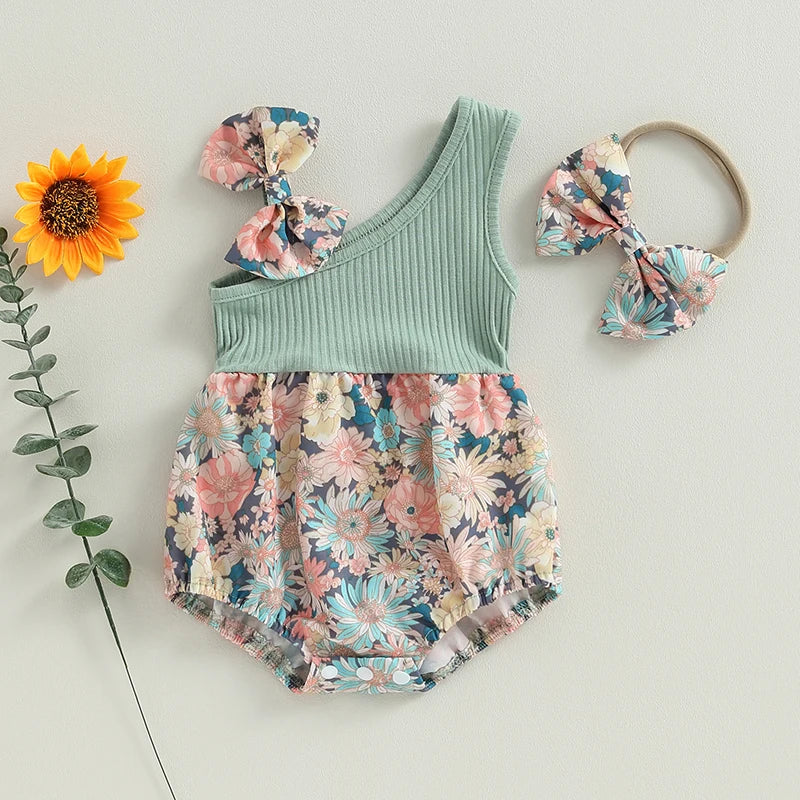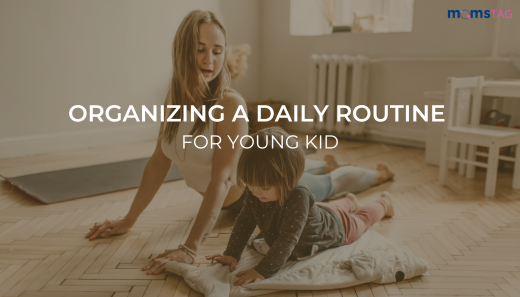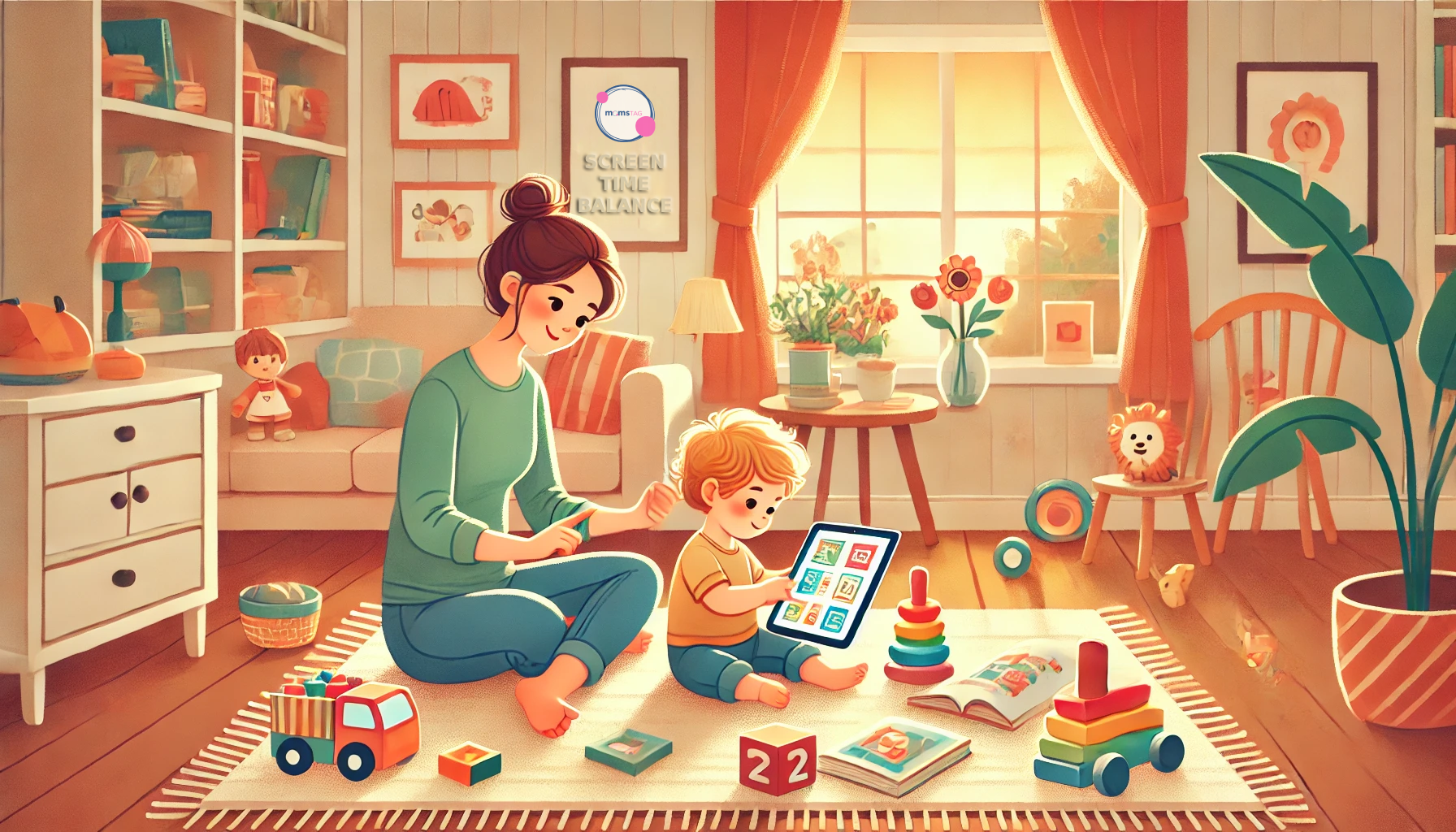Organizing a Daily Routine for Young Kids: A Guide to Balanced Days and Happy Minds
For parents of young kids, finding the right balance between structure and spontaneity can be tricky. Yet, a well-thought-out daily routine can bring stability, nurture positive habits, and support your child’s overall development. In this guide, we’ll walk you through crafting a routine that’s easy to follow and packed with benefits for your little ones.
Why Routines Matter for Young Kids
- Provide a Sense of Security: Consistent routines create a safe, predictable environment where kids feel confident and in control.
- Encourage Healthy Lifestyle Choices: A structured schedule supports good habits like eating nutritious meals, sleeping on time, and practicing hygiene.
- Foster Independence: Knowing what comes next empowers children to take responsibility and build self-confidence.
- Support Positive Behavior: Clear expectations and consistent routines reduce anxiety, helping to minimize tantrums and emotional outbursts.
How to Create an Ideal Routine
Morning Kickstart
- Wake-Up Time: Set a consistent time for waking up to establish a rhythm.
- Tip: Use a cheerful alarm or natural sunlight to ease the transition.
- Morning Hygiene: Teach kids to brush their teeth, wash their face, and get dressed independently.
- Breakfast Together: A nutritious breakfast fuels energy and sets a positive tone.
Mid-Morning Activities
- Learning Time: Dedicate time for age-appropriate learning activities, such as reading, puzzles, or educational games.
- Creative Play: Incorporate art, building blocks, or pretend play to foster imagination.
Midday Recharge
- Lunch Break: Serve balanced meals and encourage kids to try new foods.
- Quiet Time/Nap: Depending on age, provide a calm period for naps or quiet play to recharge.
Afternoon Adventures
- Outdoor Play: Encourage running, climbing, or other physical activities to expend energy and improve motor skills.
- Social Interaction: Playdates or group activities help develop communication and teamwork skills.
- Evening Wind-DownDinner Together: Family meals provide a chance to connect and discuss the day.
- Bath Time: A warm bath can signal the start of the bedtime routine.
- Storytime: End the day with a favorite book to create a calming bedtime ritual.
Secrets to Routine Success
- Flexibility First: Be prepared to tweak routines to accommodate changes without losing the overall structure.
- Visualize the Day: Visual aids like picture charts and colorful planners can make routines more accessible for young children.
- Think Progress, Not Perfection: Introduce one new habit at a time to ensure long-term success.
- Team Effort: Involve your kids in decision-making to make the routine fun and collaborative.
Sample Daily Routine
Here’s an example of a balanced day for a toddler:
- 7:00 AM: Wake up and morning hygiene
- 7:30 AM: Breakfast
- 8:00 AM: Learning activities
- 9:30 AM: Snack and outdoor play
- 11:30 AM: Lunch
- 12:30 PM: Nap/quiet time
- 2:30 PM: Creative play
- 4:00 PM: Snack and outdoor activities
- 5:30 PM: Dinner
- 6:30 PM: Bath time
- 7:00 PM: Storytime and bedtime
Final Thoughts
A thoughtful routine is more than just a schedule; it’s a way to nurture your child’s sense of security, independence, and joy. With a mix of structure and flexibility, you can create a plan that evolves with your family’s needs and priorities.
So, take the leap! Begin with small changes, embrace the process, and watch how a little consistency can transform your family’s day-to-day life into something magical.






Dejar un comentario
Todos los comentarios se revisan antes de su publicación.
Este sitio está protegido por hCaptcha y se aplican la Política de privacidad de hCaptcha y los Términos del servicio.